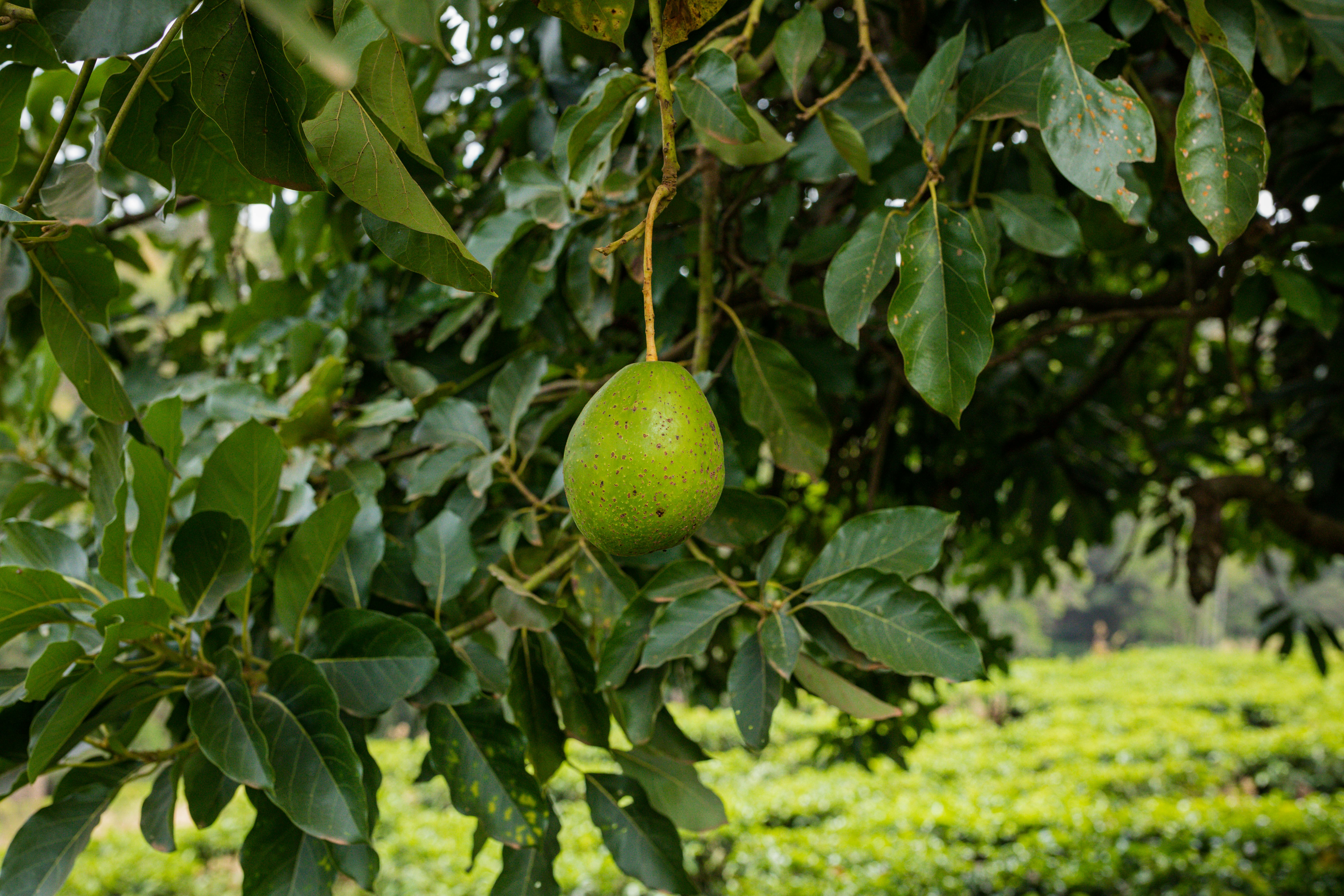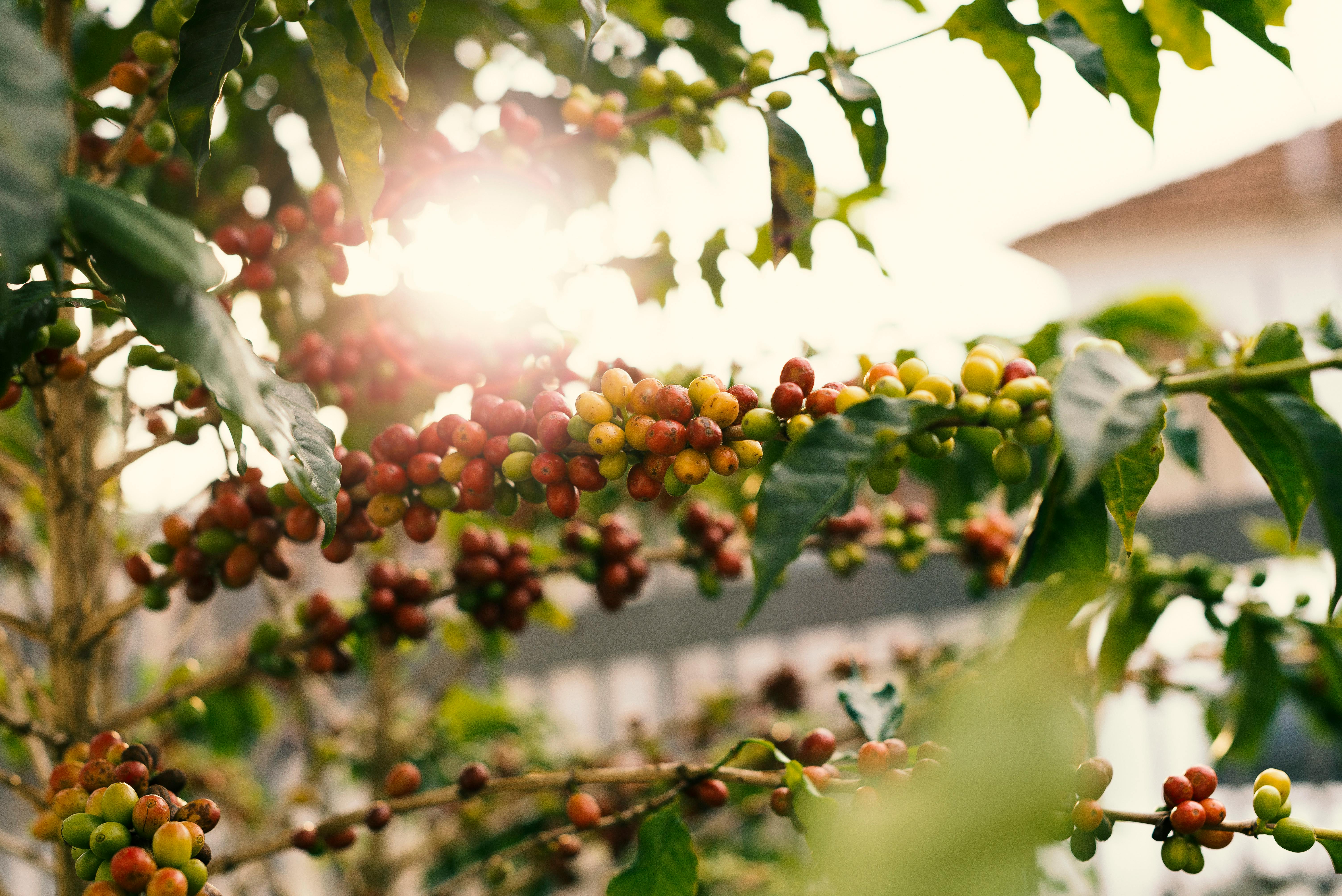Avocado trees are an excellent choice for those looking to grow their own fruit at home. While it may take some time before the tree begins to bear fruit, once it does, you can expect to enjoy a bountiful harvest of avocados for years to come. This article will provide an overview of how long it takes for an avocado tree to produce fruit and what you can do to help your tree reach this goal in the most efficient way possible.It typically takes an avocado tree between 4 and 13 years to produce fruit, depending on the variety of avocado tree and the climate in which it is grown.
Climate
Climate is one of the most important factors that affects an avocado tree’s yield. Avocado trees need mild temperatures and plenty of sunshine to thrive and produce fruit. In areas with temperatures that drop too low in the winter, or too high in the summer, an avocado tree’s growth and yield may be stunted. Additionally, avocados need at least 15 inches (38 cm) of rain per year for optimal growth. Too much or too little rain can inhibit production as well.
Soil Quality
The soil quality is another major factor when it comes to avocado tree yield. The soil should be well-drained with a pH between 6 and 7.5. Avocado trees also need plenty of organic matter in the soil for proper nutrition and root development. If the soil is not conducive to proper root growth, the tree will struggle to grow fruits.
Fertilization
Fertilization is essential for increasing avocado tree yield. Trees should be fertilized every six months with a balanced fertilizer that contains nitrogen, phosphorus, and potassium in equal amounts. Organic fertilizers can also be used to provide essential nutrients for optimal growth and production of fruit.
Pruning
Pruning an avocado tree helps increase its yield by removing diseased or dead branches and encouraging new growth. It also helps open up the canopy of the tree so that sunlight can reach all parts of it for better fruit production.
Grafting
Grafting is a process which involves taking a branch from one avocado variety and attaching it to another variety in order to combine characteristics from both trees into one plant structure. Grafting helps increase yields because it allows different varieties of avocados to be grown on one tree, thus increasing productivity.
In conclusion, there are many factors that affect an avocado tree’s yield including climate, soil quality, fertilization, pruning, and grafting. Taking these factors into consideration when growing avocados can help maximize productivity and ensure healthy plants with abundant yields of delicious fruit!
Avocado Tree Growing Conditions
Avocado trees require a specific set of growing conditions to thrive. They prefer a warm and humid climate with temperatures ranging from 60-90°F (16-32°C). The trees need full sun and should be planted in well-draining soil. Watering the tree should be done regularly to keep the soil moist but not soggy. Pruning the tree is important for its health, as it helps promote airflow and reduce disease. Avocados also benefit from regular fertilization with a balanced fertilizer. Pests and diseases can be an issue, so it’s important to stay vigilant and take preventive measures such as applying pesticides or using organic methods of pest control.
The size of an avocado tree depends on its variety and location, but they can generally reach heights of 20-30 feet (6-9 m). They have a single trunk with thick branches that spread out in a wide canopy. The bark of an avocado tree is bumpy or scaly in texture. The leaves are dark green, glossy, and leathery in texture with wavy edges. Avocado trees produce beautiful white flowers that bloom in springtime followed by round green fruits that ripen to yellow or brown depending on the variety.
Given the right conditions, avocado trees can produce fruit year after year. They often bear fruit within 3 years of planting but may take longer depending on the variety and growing conditions. With proper care, these trees can live for many years – some varieties have been known to live up to 100 years!
Varieties Of Avocado Trees
Avocados are a popular fruit as they are packed with healthy fats and other nutrients. There are many different varieties of avocado trees, each with its own characteristics and benefits. The most common type is the Hass avocado, which is grown in California, Mexico, Chile, Peru and Israel. It has a thick skin and is known for its creamy texture and nutty flavor. Other popular varieties include Bacon, Fuerte, Gwen and Pinkerton.
Bacon avocados have a smooth green skin that turns dark purple when ripe. They have a mild flavor and a creamy texture. Fuerte avocados are dark green with a smooth skin that turns yellow when ripe. They have an earthy flavor and creamy texture. Gwen avocados are large and oval-shaped with a thin green skin that turns black when ripe. They have an intense flavor and creamy texture. Pinkerton avocados have an oval shape with bumpy green skin that turns black when ripe. They have a sweet flavor and creamy texture but can be slightly fibrous in the center.
No matter which variety you choose, make sure to look for fruit that is firm but not too hard or soft to the touch for optimal ripeness. If you’re looking for an easier way to tell if your avocado is ripe, try pressing gently on the outside – if it yields slightly to pressure it’s ready to eat!
Soil Requirements for Avocado Trees
Avocado trees require well-drained, fertile soil with a neutral pH. The ideal soil should be high in organic matter and have good aeration. It should also contain the necessary nutrients for proper growth. Sandy loam and loam soils are best suited for avocado trees as they provide the best drainage and aeration. Clay soil can also be used, but it should be amended with organic matter to improve drainage and aeration. The pH of the soil should be between 6.0 and 7.0, with a slightly acidic pH being preferable to a slightly alkaline one.
Avocado trees can also grow in nutrient-deficient soils if they are fertilized regularly. However, it is important to note that over-fertilizing can cause root burn, so it is best to use a low-nitrogen fertilizer or compost tea to supplement the soil’s nutrients. Additionally, regular mulching will help keep the roots cool and moist while providing additional organic matter to improve fertility over time.

Watering Requirements for Avocado Trees
Avocado trees require consistent and adequate water for optimal growth and fruiting. As such, it is important to develop a regular watering regime to ensure your tree has the moisture it needs. This includes applying water both at the surface and near the roots, which will depend on the type of irrigation system you have installed. In general, avocado trees should be watered deeply every 7-10 days during the summer months, taking care to saturate the root zone. During periods of extreme heat or drought, water more frequently as needed to keep up with evaporation and transpiration losses. Additionally, avocado trees should be watered deeply every 2-3 weeks during winter when temperatures are cooler and rainfall is less frequent. In both cases, monitor soil moisture levels and adjust your watering regime accordingly.
In addition to regular watering, mulching around the base of avocado trees helps conserve soil moisture and reduce weed growth. Use organic materials such as wood chips or shredded bark so that nutrients are added to the soil as they break down over time. Finally, it is essential that you avoid over-watering your avocado tree; this can lead to root rot and other problems that will stunt growth or even kill your tree. So make sure you monitor soil moisture regularly and adjust your watering schedule accordingly for best results!
Fertilizing an Avocado Tree
Fertilizing an avocado tree is an important part of maintaining a healthy tree and ensuring a good crop of avocados. Avocado trees need regular fertilization to ensure they receive the nutrients they need for growth. Depending on the size and age of your tree, you may need to fertilize it once or twice a year. It’s important to use the right type and amount of fertilizer for your specific tree.
When selecting a fertilizer, look for one that is specifically designed for avocado trees. Choose one that contains nitrogen, phosphorus, and potassium in equal amounts for optimal growth. If you’re not sure which fertilizer to use, ask your local nursery or garden center for advice.
Before applying the fertilizer, make sure that your avocado tree has been watered thoroughly. This will help the roots absorb the nutrients from the fertilizer more quickly and effectively. Once your tree is watered, spread the fertilizer evenly around the base of the tree in a circle about two feet away from the trunk. Then rake it into the soil until it’s about four inches deep.
Once you’re finished fertilizing your avocado tree, water it thoroughly again to help activate the nutrients in the soil. Be sure to cover any exposed roots with mulch or compost as this will help keep them protected from extreme temperatures. Finally, monitor your avocado tree throughout the growing season and adjust your fertilizing schedule as needed depending on its growth rate and health status.
Fertilizing an avocado tree can be tricky if you don’t know what you’re doing but with some patience and knowledge you can ensure that your tree gets all of the essential nutrients it needs to thrive!
Pruning an Avocado Tree
Pruning an avocado tree is essential for its health and production. It helps to promote strong, healthy growth and encourages the tree to produce more fruit. Pruning also helps to shape the tree and keep it at a manageable size. When pruning an avocado tree, it is important to use the right tools and techniques for best results.
The first step in pruning an avocado tree is to remove any dead or diseased branches. This helps to prevent the spread of disease and encourages healthy growth. If the branches are too big or too long, it’s best to cut them off at the base of the branch, as this will encourage new growth in that area.
It’s important to remember that pruning should not take away too much of the foliage from the tree as this can cause stress on the plant. When removing foliage, it’s best to use sharp shears or scissors so that you can get a clean cut without damaging the tree. If there are any branches that are overcrowding or crossing each other, these should be trimmed back as well.
Once you have removed any dead or diseased branches, you can begin shaping your avocado tree by pruning off any large limbs that protrude from the trunk or canopy. This will help create a balanced shape and also allow light into all parts of the tree. After pruning, make sure you apply a balanced fertilizer with trace minerals so that your avocado tree has all of the nutrients it needs for healthy growth.
Finally, keep an eye on your avocado tree after it has been pruned and watch for signs of new growth such as leaves sprouting from stems or flowers blooming on new shoots. Pruning regularly will help encourage strong growth and increase fruit production while keeping your avocado tree healthy and beautiful!

Conclusion
Avocado trees can take anywhere from 3 to 5 years to produce fruit. While patience is a virtue, it’s important to ensure that your avocado tree receives the optimal amount of sunlight, water, and nutrients needed to grow and bear fruit. With the proper care, you can enjoy the delicious fruits of your labor in no time!
Avocados are an incredibly versatile and nutrient-rich food source that can be enjoyed year-round. Whether you’re a beginning gardener or a seasoned horticulturist, growing an avocado tree in your yard or garden is a rewarding experience that you won’t soon forget.



